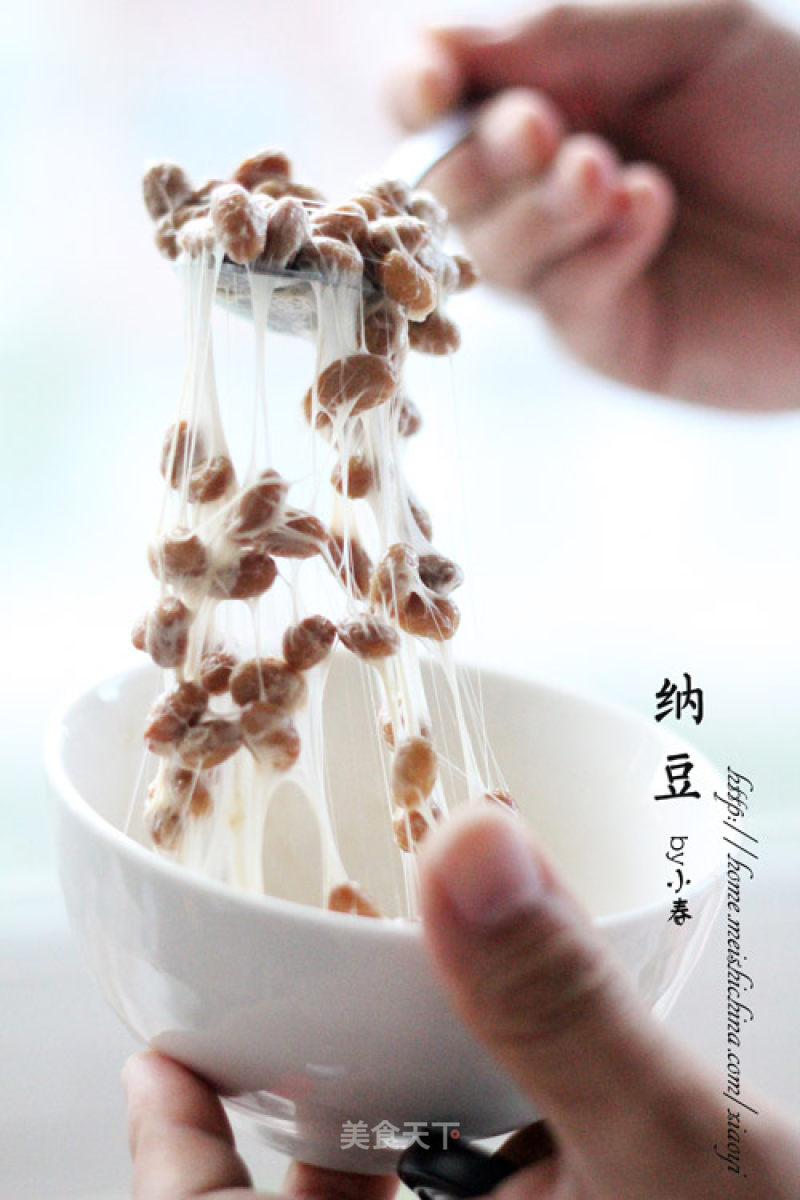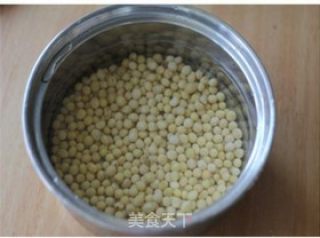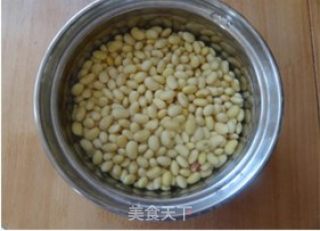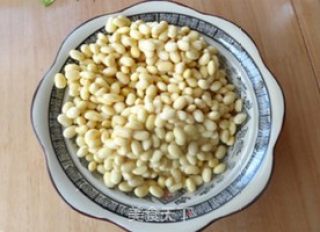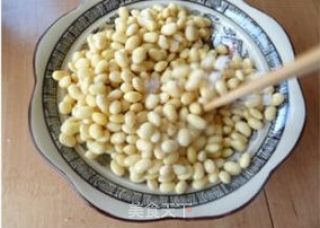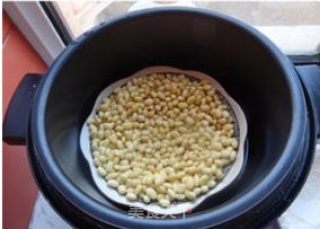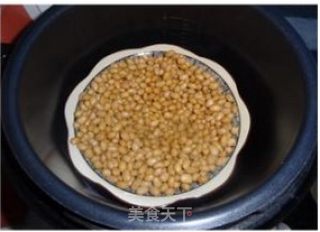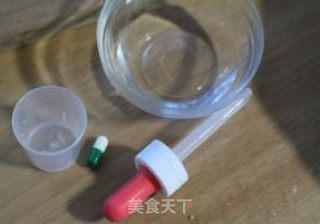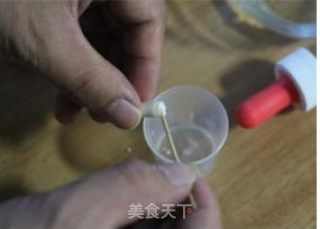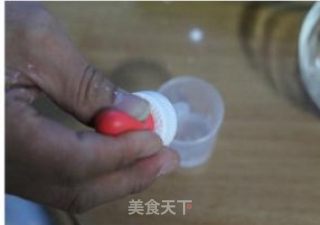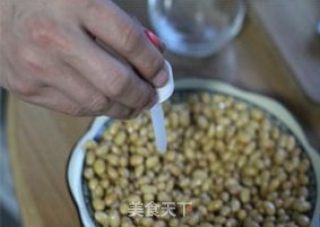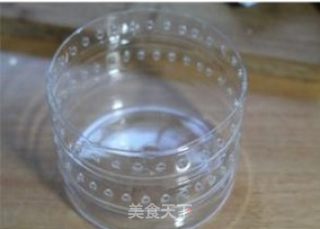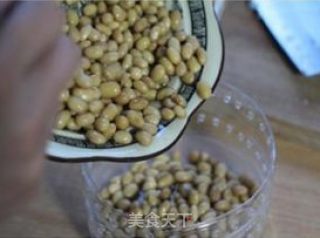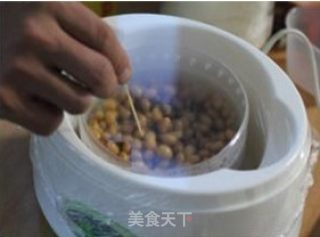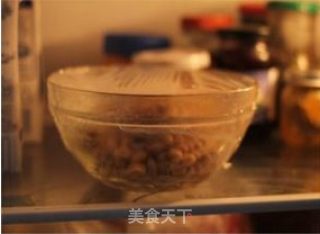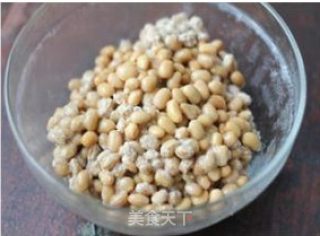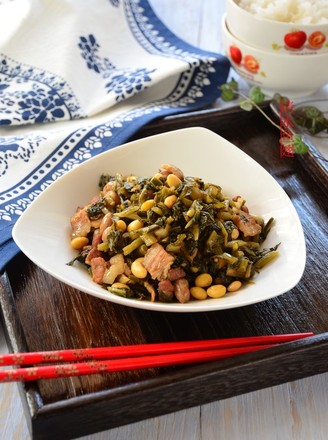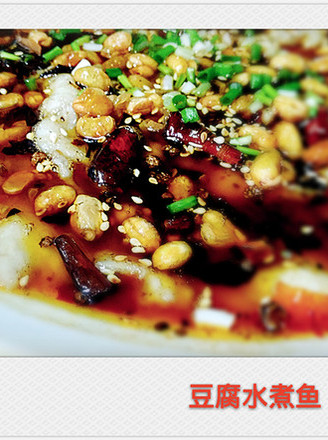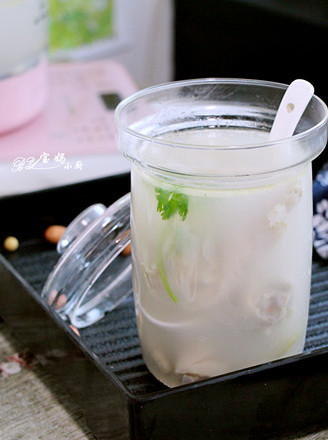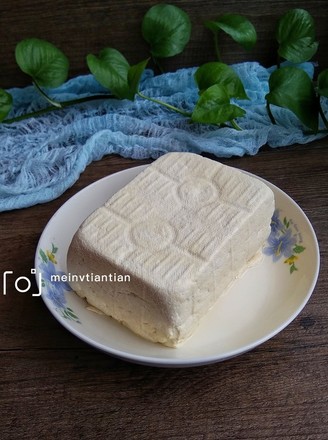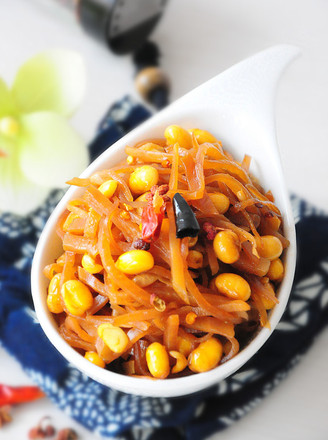Home-made Natto, Super Detailed and Multi-picture Guide-natto
by Xiaochun
Favorite
Difficulty
Hard
Time
48h
Serving
2
What is natto? (The following is from the universal network)
Natto is a common traditional fermented food in Japan. It is made from soybeans through the fermentation of Natto bacteria (Bacillus subtilis). It is viscous. It not only retains the nutritional value of soybeans, is rich in vitamin K2, and improves the digestion and absorption rate of protein. It is the fermentation process that produces a variety of physiologically active substances, which have the health care effect of dissolving fibrin in the body and regulating physiological functions.
In fact, natto originated from tempeh in China. Japan also called natto "soy sauce". The wooden slips unearthed in Heichengjing also contain "soy sauce". Since the tempeh was made in the Nasuo of the monastery and stored in an urn, and then spread from China to the Japanese temples by Zen monks, natto was first developed in the temples and was also known as "Don natto" or "salty natto."
The nutritional benefits of natto:
The effects of natto are summarized in the following 14 items: 1. Strongly dissolve blood clots; 2. Prevent osteoporosis;
3. Antibacterial and disinfection; 4. Prevent high blood pressure; 5. Inhibit high blood sugar; 6. Prevent brain cell aging
Chemical; 7. Lower cholesterol; 8. Adjust intestinal function; 9. Inhibit tumor; 10. Improve
Digestive system; 11. Inhibit O-157 Escherichia coli; 12. Improve immune function; 13. Elicitin
The production; 14, beauty skin.
~~~~~~~~~~~~~~~~~~~~~~~~~~~~~~~~~~~~~~~~~~~~~~~~~~~~~~~~~~~~~~~~~~~~~~~~~~~~~~~~~~~~~~~~~~~~~~~~~~~~~~~~~~~~~~~~~~~~~~~~~~~~~~~~~~~~~~~~~~~~~~~~~~~~~~~~~~~~~~~~~~~~~~~~~~~~~~~~~~~~~~~~~~~~~~~~~~~~~~~~~~~~~~~~~~~~~~~~~~~~~~~~~~~~~~~~~~~~~~~~~~~~~~~~~~~~~~~~~~~~~~~~~~~~~~~~~~~~~~~~~~~~~~~~~~~~~~~~ ~~~~~~~~~~~~-
Therefore, natto is very suitable for the elderly.
Let's make some natto for your parents.
It is very healthy to eat a little bit every night!
~~~~~~~~~~~~~~~~~~~~~~~~~~~~~~~~~~~~~~~~~~~~~~~~~~~~~~~~~~~~~~~~~~~~~~~~~~~~~~~~~~~~~~~~~~~~~~~~~~~~~~~~~~~~~~~~~~~~~~~~~~~~~~~~~~~~~~~~~~~~~~~~~~~~~~~~~~~~~~~~~~~~~~~~~~~~~~~~~~~~~~~~~~~~~~~~~~~~~~~~~~~~~~~~~~~~~~~~~~~~~~~~~~~~~~~~~~~~~~~~~~~~~~~~~~~~~~~~~~~~~~~~~~~~~~~~~~~~~~~~~~~~~~~~~~~~~~~~ ~~~~~~~~~~~~~~~~~~
Moreover, the natto foods currently sold on the market lose most of their efficacy or are too expensive due to their long shelf life. Therefore, home-made food is very necessary to achieve the freshness of fresh natto and the best of natto. Good effect.
After the introduction of natto to Japan, natto was developed according to the Japanese climate, and the Japanese like to eat natto. They mainly eat salted natto and drawn natto, Kansai people like the former, and Kanto people like the latter. Because of the different fermentation methods, the drawn natto has a kind of sticky silk, which does not contain salt. "
Natto is a common traditional fermented food in Japan. It is made from soybeans through the fermentation of Natto bacteria (Bacillus subtilis). It is viscous. It not only retains the nutritional value of soybeans, is rich in vitamin K2, and improves the digestion and absorption rate of protein. It is the fermentation process that produces a variety of physiologically active substances, which have the health care effect of dissolving fibrin in the body and regulating physiological functions.
In fact, natto originated from tempeh in China. Japan also called natto "soy sauce". The wooden slips unearthed in Heichengjing also contain "soy sauce". Since the tempeh was made in the Nasuo of the monastery and stored in an urn, and then spread from China to the Japanese temples by Zen monks, natto was first developed in the temples and was also known as "Don natto" or "salty natto."
The nutritional benefits of natto:
The effects of natto are summarized in the following 14 items: 1. Strongly dissolve blood clots; 2. Prevent osteoporosis;
3. Antibacterial and disinfection; 4. Prevent high blood pressure; 5. Inhibit high blood sugar; 6. Prevent brain cell aging
Chemical; 7. Lower cholesterol; 8. Adjust intestinal function; 9. Inhibit tumor; 10. Improve
Digestive system; 11. Inhibit O-157 Escherichia coli; 12. Improve immune function; 13. Elicitin
The production; 14, beauty skin.
~~~~~~~~~~~~~~~~~~~~~~~~~~~~~~~~~~~~~~~~~~~~~~~~~~~~~~~~~~~~~~~~~~~~~~~~~~~~~~~~~~~~~~~~~~~~~~~~~~~~~~~~~~~~~~~~~~~~~~~~~~~~~~~~~~~~~~~~~~~~~~~~~~~~~~~~~~~~~~~~~~~~~~~~~~~~~~~~~~~~~~~~~~~~~~~~~~~~~~~~~~~~~~~~~~~~~~~~~~~~~~~~~~~~~~~~~~~~~~~~~~~~~~~~~~~~~~~~~~~~~~~~~~~~~~~~~~~~~~~~~~~~~~~~~~~~~~~~ ~~~~~~~~~~~~-
Therefore, natto is very suitable for the elderly.
Let's make some natto for your parents.
It is very healthy to eat a little bit every night!
~~~~~~~~~~~~~~~~~~~~~~~~~~~~~~~~~~~~~~~~~~~~~~~~~~~~~~~~~~~~~~~~~~~~~~~~~~~~~~~~~~~~~~~~~~~~~~~~~~~~~~~~~~~~~~~~~~~~~~~~~~~~~~~~~~~~~~~~~~~~~~~~~~~~~~~~~~~~~~~~~~~~~~~~~~~~~~~~~~~~~~~~~~~~~~~~~~~~~~~~~~~~~~~~~~~~~~~~~~~~~~~~~~~~~~~~~~~~~~~~~~~~~~~~~~~~~~~~~~~~~~~~~~~~~~~~~~~~~~~~~~~~~~~~~~~~~~~~ ~~~~~~~~~~~~~~~~~~
Moreover, the natto foods currently sold on the market lose most of their efficacy or are too expensive due to their long shelf life. Therefore, home-made food is very necessary to achieve the freshness of fresh natto and the best of natto. Good effect.
After the introduction of natto to Japan, natto was developed according to the Japanese climate, and the Japanese like to eat natto. They mainly eat salted natto and drawn natto, Kansai people like the former, and Kanto people like the latter. Because of the different fermentation methods, the drawn natto has a kind of sticky silk, which does not contain salt. "

